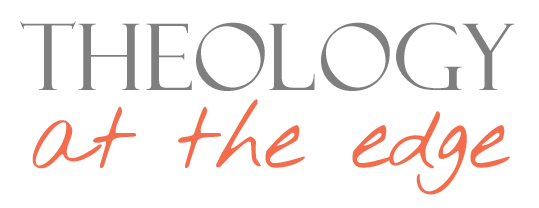The Camel and the Eye of the Needle
(Mt 19:24, Mk 10:25, Lk 18:25)
"It is easier for a camel to go through the eye of a needle, than for a rich man to enter into the kingdom of God." (Matthew 19:24).
For the last few centuries it has been fairly common Sunday school teaching that there was a gate in Jerusalem at the time of Jesus called “The Eye of the Needle” through which a camel could not pass unless it first had all its baggage stripped from its back and was led through on its knees. After dark, when the main gates were shut, travellers or merchants would have to use this smaller gate, through which the camel could only enter unencumbered and crawling. Great material for a sermon, with the human parallel of coming before God humbly, on our knees and without any baggage. It is a good parable, but unfortunately without a shred of truth. From at least the 15th century, and possibly as early as the 9th, this story has been told and expanded upon. However, there is no evidence for such a gate ever being set in the walls of Jerusalem.
Turning to the Greek, there are some differences to note. The needle in Matthew and Mark is rafic, while in Luke it is belone. Both refer to needles used in sewing, although Luke's is more likely to be used by a physician than a seamstress. It could of course be a misprint of the Greek. The suggestion is that the Greek word kamilos (camel) should actually be kamêlos, meaning 'cable, rope', as some late New Testament manuscripts1 actually transcribe. Hence it is easier to thread a needle with a rope rather than for a rich man to enter the kingdom. This is a nice, logical idea, but not quite right.
A known saying in Aramaic
The Aramaic word ‘gamla’ means both rope and camel, most likely because rope was made of camel hair and it was not uncommon to hear a difficult situation likened to threading a needle with a gamla. An absurd, but entirely appropriate image of impossibility – trying to thread a needle with a thick rope.
George M Lamsa's Syriac-Aramaic Peshitta translation has the word 'rope' in the main text but a footnote referring to Matthew 19:24 which states that the Aramaic word gamla means rope and camel. Toma Audo, in his east-Syrian Syro-Arabic lexicon refers to ‘gamla’ as “the thick rope of boats.” Similarly the 10th century Aramaic lexicographer Mar Bahlul further gives the meaning as a "a large rope used to bind ships. What we have is simply a beautiful piece of Hebrew hyperbole, similar to the ludicrous idea of having a plank sticking out of one's eye while trying to remove a speck in someone else’s eye!
Even so, the idea of camels trying to pass through needle eyes was not uncommon. In fact, Jewish Talmudic literature uses a similar aphorism about an elephant passing through the eye of a needle, implying an unlikely or impossible task: "They do not show a man a palm tree of gold nor an elephant going through the eye of a needle." Here the Talmud is referring to dreams and their interpretation, suggesting that people only dream about what is natural or possible, not what is unlikely or beyond imagination.
"… who can make an elephant pass through the eye of a needle." In this instance, the illustration concerns a dispute between two rabbis, one of whom suggests that the other is speaking "things which are impossible".
 Join us on
Join us on 